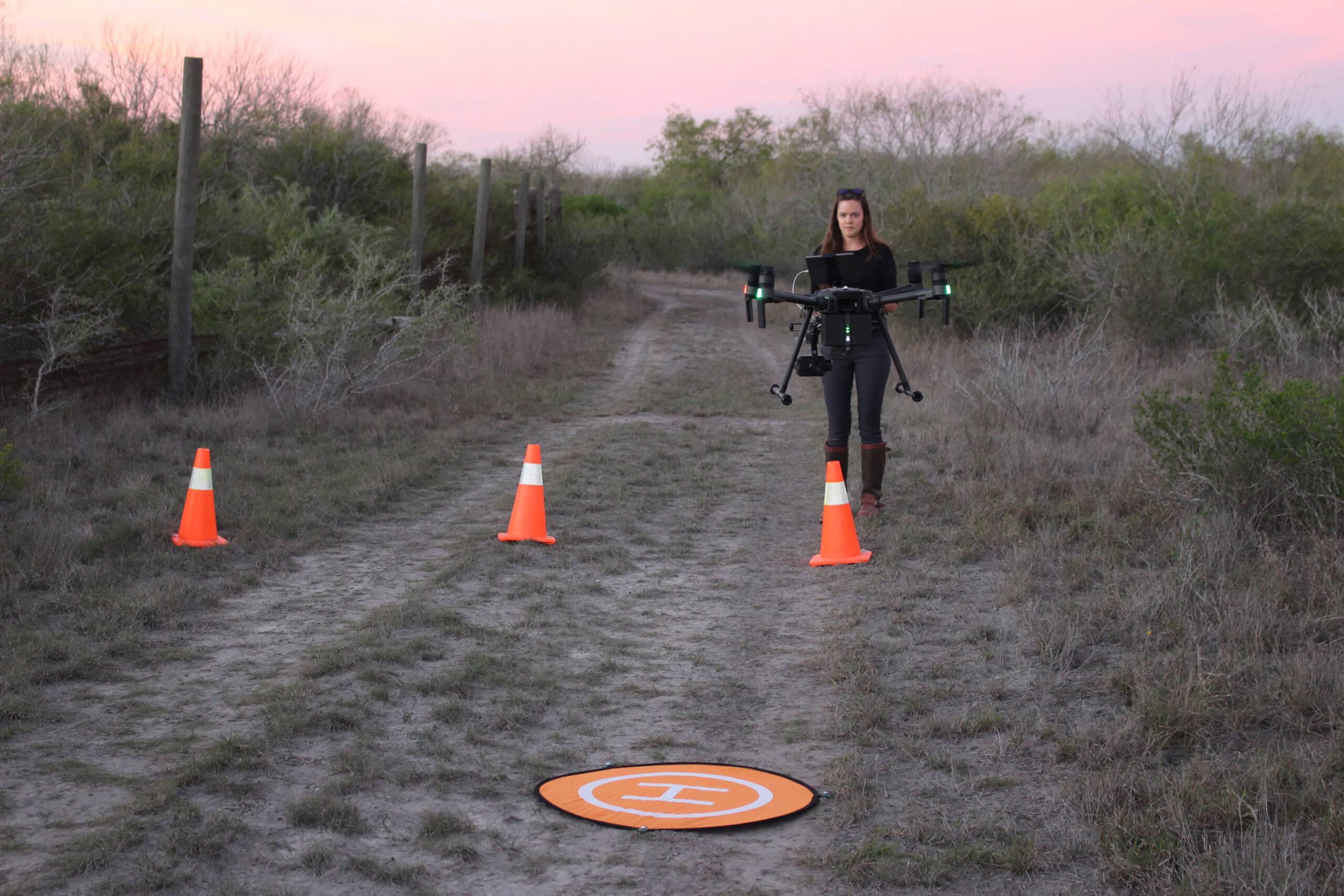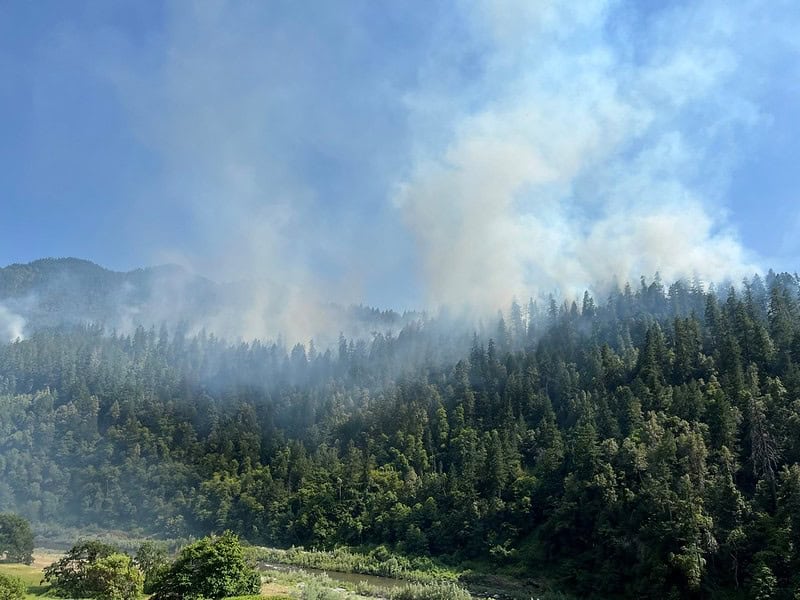Share this article
JWM: For caribou, not all disturbance is the same
Researchers found that fire disturbance doesn’t negatively affect caribou in the same way as humans do, suggesting that Canadian recovery guidelines should change to reflect caribou’s tolerance of burned landscapes.
Boreal woodland caribou (Rangifer tarandus caribou) are listed under the Species at Risk Act in Canada, and a component of their recovery strategy includes classifying disturbed habitat. For a herd to be self-sustaining, the strategy says 65% of the range needs to be considered undisturbed. An area is considered disturbed if anthropogenic disturbances are within 500 meters and if fires have occurred in the past 40 years.
But for caribou, these two types of disturbance are very different, researchers found. “Obviously, burns may be suboptimal habitat, but we’re suggesting under the federal guidelines that burns shouldn’t be considered the same disturbance as anthropogenic disturbance,” said Sean Konkolics, lead author of the study published in the Journal of Wildlife Management.
Disturbances can create younger forests that attract moose (Alces alces) and deer, which in turn bring in wolves (Canis lupus) that prey on caribou, too. Fires can burn lichen that caribou eat, and lichen takes a long time to recover. But researchers wondered how much of an impact that really had on caribou.
“We were interested in taking a deeper dive into that,” said Konkolics, who was at the University of Alberta at the time.
His team used GPS locations for 201 caribou across six caribou populations in Alberta, noting their habitat selection and where there were burns and unburned areas on the landscape. Then, the team looked at the survival of adult female caribou in these areas.
They found that caribou avoided both burned and unburned residual patches where fires had occurred. That was a bit surprising. The researchers thought caribou may forage in unburned patches because lichen would not have been destroyed or to potentially keep away from wolves. Instead, Konkolics said, “caribou were avoiding unburned residual patches as much as the fire complex.”
When they looked at adult female survival, the team paid attention to how often females used burned areas over a two-week period and over a season, but they found no negative effects. Caribou avoid burned areas, they found, but using those areas don’t decrease their survival.
If burned areas are not a driver of population declines, Konkolics said, recovery guidelines should focus more on human disturbance, a known driver.
This article features research that was published in a TWS peer-reviewed journal. Individual online access to all TWS journal articles is a benefit of membership. Join TWS now to read the latest in wildlife research.
Header Image: Fire disturbance isn’t as much of a problem for boreal woodland caribou like this one as anthropogenic disturbance. Credit: Phil Walker








